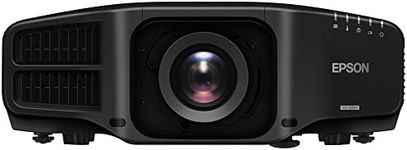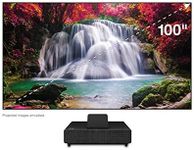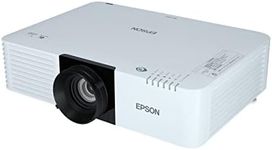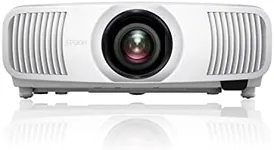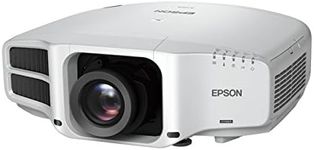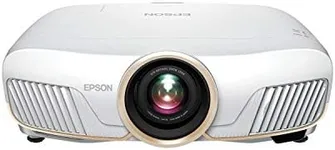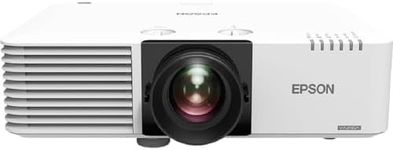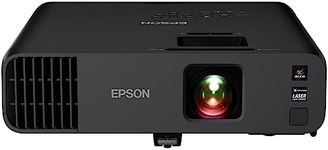Buying Guide for the Best Epson Projectors
Choosing the right projector can significantly enhance your viewing experience, whether it's for home entertainment, business presentations, or educational purposes. When selecting an Epson projector, it's important to consider several key specifications that will determine the quality and suitability of the projector for your needs. Understanding these specs will help you make an informed decision and ensure you get the best fit for your requirements.ResolutionResolution refers to the number of pixels that make up the image displayed by the projector. Higher resolution means more pixels, which translates to a clearer and more detailed image. Common resolutions include SVGA (800x600), XGA (1024x768), WXGA (1280x800), and Full HD (1920x1080). For general presentations, an XGA or WXGA resolution is usually sufficient. However, if you plan to watch movies or play games, a Full HD or higher resolution is recommended for better image quality.
BrightnessBrightness is measured in lumens and indicates how much light the projector can produce. Higher brightness levels are important for projecting in well-lit rooms or larger spaces. Projectors typically range from 1,000 to 5,000 lumens. For home use in a dark room, 1,000 to 2,000 lumens is usually adequate. For business presentations in brighter environments, look for projectors with 3,000 lumens or more to ensure the image is visible.
Contrast RatioContrast ratio measures the difference between the darkest and brightest parts of the image. A higher contrast ratio means better differentiation between light and dark areas, resulting in a more vibrant and detailed picture. Ratios like 10,000:1 or higher are ideal for home theaters where image quality is crucial. For general use, a contrast ratio of 2,000:1 to 5,000:1 is usually sufficient.
Throw DistanceThrow distance is the distance between the projector and the screen. It determines how large the image will be based on the projector's placement. Short throw projectors can produce large images from a short distance, making them ideal for small rooms. Long throw projectors require more space but can project larger images. Consider your room size and setup when choosing the throw distance that fits your needs.
Lamp LifeLamp life indicates how long the projector's lamp will last before it needs to be replaced. It is usually measured in hours, with typical ranges from 2,000 to 10,000 hours. Longer lamp life means less frequent replacements and lower maintenance costs. If you plan to use the projector frequently, look for models with longer lamp life to ensure durability and cost-effectiveness.
ConnectivityConnectivity options determine how you can connect your projector to other devices. Common connections include HDMI, VGA, USB, and wireless options. HDMI is essential for high-definition video and audio, while VGA is useful for older devices. USB ports allow for direct media playback, and wireless connectivity offers convenience for streaming content. Choose a projector with the connectivity options that match your devices and usage preferences.
Keystone CorrectionKeystone correction helps adjust the image to ensure it is properly aligned and not distorted, especially when the projector is not placed directly in front of the screen. This feature is important for maintaining a clear and rectangular image. Look for projectors with automatic or manual keystone correction to easily fix any alignment issues and ensure a perfect picture.
